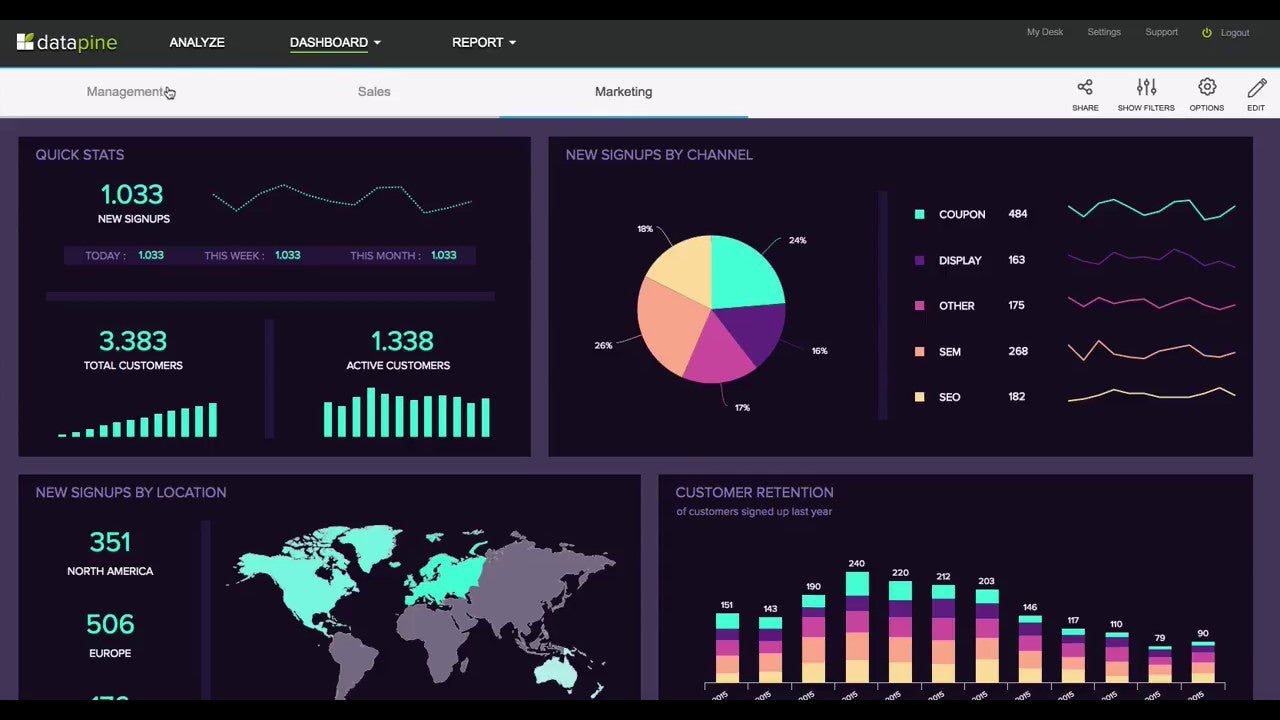Last updated on March 3rd, 2022 at 09:03 am
Machine learning is a process whereby the program will automatically detect a meaningful pattern in the provided data. It is a computer program that comprehends data independently without a programmer. With the passage of time and advancement in technology, the potential to interpret information has improved. Now, machine learning programs can predict more accurate results.
Machine Learning with Python
The machine learning program processes a large volume of data. Therefore, to create this program, a programmer should know Python. But what is the need for analytics to learn Python? Python is the object-oriented program language that uses fewer lines of code. Because of its easy syntax, we can also call it a ‘beginner’s language’.
Python is easily accessible to beginners because of its simplicity and versatility. Coders and analytics can accomplish tasks more quickly with fewer lines of code.
Python Library for Machine Learning
At Imarticus, we consider Python the ideal language for learning new concepts. So, the first and foremost step for analytics is to learn Python. The next step is to decide the library you want to use for machine language.
Following is the list of some of the libraries that we, at Imarticus, include in Data analytics and machine learning certification:
1.NumPy
NumPy or Numerical Python is one of the influential Python libraries. It provides a fundamental data structure, and it also has NdArray objects that allow users to create N dimension arrays. These objects are several times more efficient than the in-built Python data structures.
The reason to use NumPy as the foundation for other libraries is that its data structures somewhat cover Python’s speed weakness.
2.SciPy
SciPy is among many other libraries that are on NumPy. It is a very effective tool for sophisticated scientific computation. It introduces advanced algorithms for data handling and visualization by using N-dimensional arrays.
SciPy handles the most complex data manipulation as it is well-documented, supported, and intuitive.
- Matplotlib
Matplotloib specializes in data visualization. A well-designed visualization is a crucial component of any machine learning company. After all, training your machine learning algorithms to identify patterns is pointless if you can not interpret the findings.
Generally, every popular Python IDE supports Matplotlib. However, such adaptability comes at the expense of usability; it is not as user-friendly as rival data visualization frameworks.
- Theano
Theano creates multi-dimensional arrays and makes advanced mathematical operations possible. It is an excellent tool for machine learning which has its integration with NumPy. In many ways, it is an advanced form of NumPy that makes Python as efficient as C or R.
5.TensorFlow
TensorFlow is a Python-based open-source machine learning library. As Google developed it, almost every Google application that utilizes machine learning uses it. For Google photos or even for Google voice search, we use TensorFlow.
TensorFlow has a fast speed, and it has extensive documentation and support. As it is a Python front-end written in C or C++ is a little difficult to understand.
- Keras
Keras is a high-level library for datasets. It is widely renowned for being one of the most user-friendly machine learning libraries available because it is written in Python and uses either Theano or TensorFlow as a back-end.
It is the most user-friendly machine learning library, with features for building training datasets and more.
The neural networks API of Keras was designed for rapid experimentation and is an excellent choice for any deep learning project requiring rapid prototyping.

